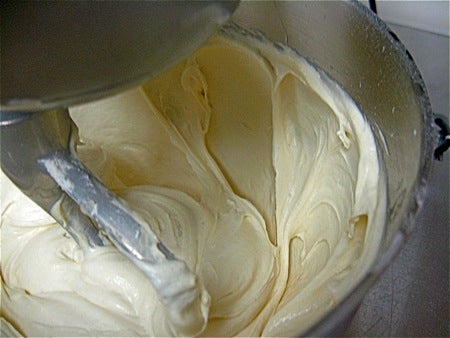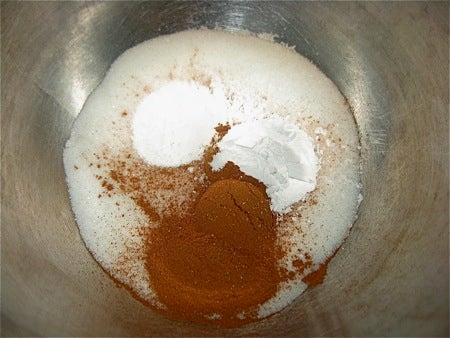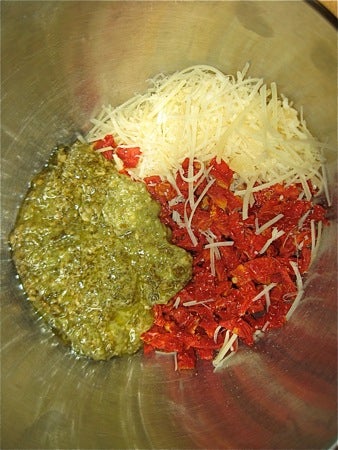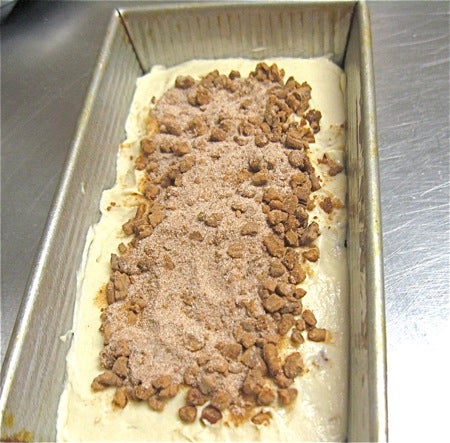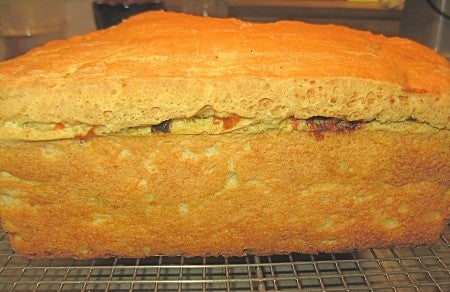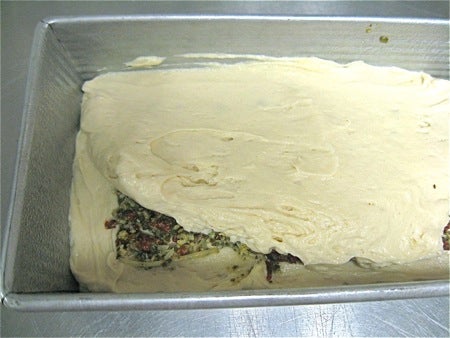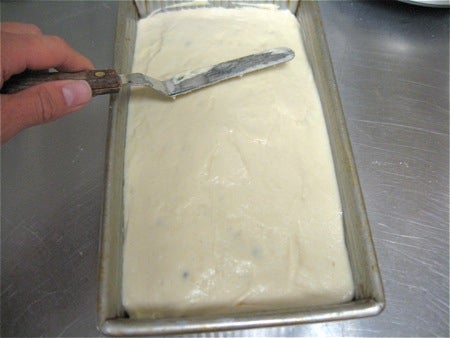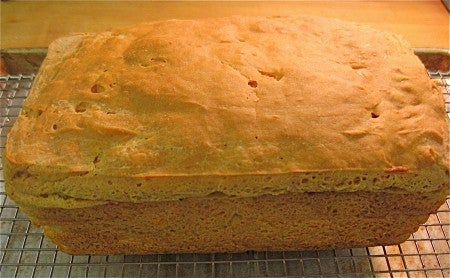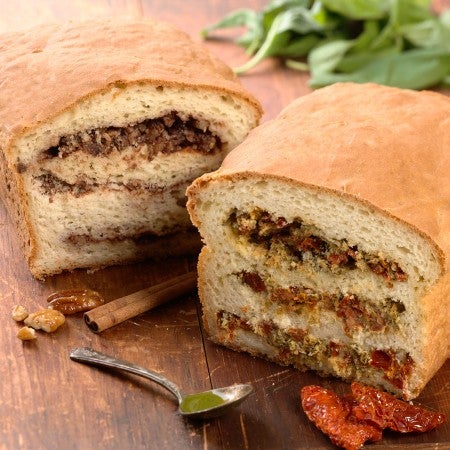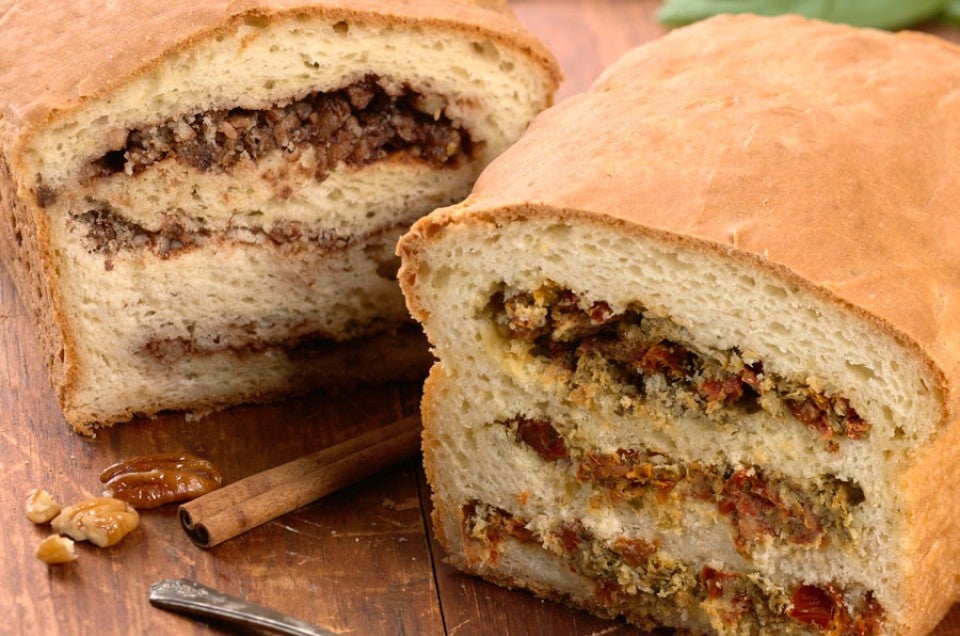


Oh the woes of gluten-free bread.
It's boring. Tasteless. The dough is unmanageable and not versatile.
I beg to differ.
When my family began making the gluten-free transition years ago, it was so hard to part with the comfort of good bread. It actually seemed easier to just avoid it altogether rather than risking failure in making it, or spending $6-$7 for a loaf at the grocery store.
We have since then, despite a small amount of whining in the process, successfully landed in a happy homemade loaf-loving life.
My three bread-mongers: they love the stuff and don't care how it comes to them. Whole wheat, seeded, nutty, white and airy, crackling crusty, soft and smushy. It matters not.
And can you imagine the looks of pure disdain when I broke the news that we were no longer going to be in artisan bread bliss? The first bite of gluten-free bread can be like jumping into cold water without dipping your feet in first and they certainly weren't jumping in line to be taste-testers for me.
Uncertainty, shock, regret? Not anymore.
How could I look at these faces and NOT try my best to make their favorites the way they knew them? I had to find a solution for cinnamon-raisin bread (a breakfast staple in our home for years past), or I was very quickly going to become the most unpopular member of the household.
My remedy for the bread-batter-battle, my Suessian friends? I discovered that layered fillings can add pizzazz to your gluten-free dough concoctions just as well as the rolled and swirled!
Though I've accepted the many limitations of gluten-free loaves, I'm not willing to give up on the possibilities. I'm about to share with you a way to fill your gluten-free bread with any flavors of your choice.
Follow the directions on the King Arthur Gluten-Free Bread Mix box, starting with 3 eggs, 1 1/2 cups lukewarm water, and 4 tablespoons of either melted butter or oil.
Just in case you haven't stopped to look yeast in the eye, here it is up close and personal.
Add 1 cup of the mix and yeast to the egg mixture, and beat on high speed. Add the rest of the mix by the cupful, beating well and scraping the sides of the bowl after each addition. You know the rules.
Continue to beat the mixture on medium-high speed for 30 seconds in between adding cups of dry mix. Give it a final 2 minute whirl in the mixer on medium-high speed during which the batter should develop into a thick, cake batter-like consistency.
Allow this to rest, covered, for about 30 minutes and use this time, wisely, to make the fillings.
For the cinnamon filling, mix 1/2 cup granulated sugar, 1 tablespoon cinnamon and 2 teaspoons tapioca starch. Stir in 1/2 cup chopped pecans.
For the pesto filling, combine 3/4 cup sun-dried tomatoes, 1/2 cup pesto, and 1/2 cup Parmesan cheese.
Begin the layering process by spreading about 1 1/4 cups batter in the bottom of a 9" x 5" loaf pan.
Add about 1/3 of the cinnamon mixture.
Or 1/3 of the pesto filling, and distribute evenly.
Leaving a 1/2" border around the edge is crucial for the loaf to be sealed and cohesive. If neglected, the bread layers won't glue together, and the pieces will fall apart as you slice them.
I learned the hard way, when the filling bubbled over the edge of the pan, causing a thin trail of smoke to float through the air. Each slice became instant bread sticks as soon as I cut through them, so I had to make it again- oh brother!
Cover the filling with another dose of batter and repeat the process...
...until you have three glorious layers. Cover with a final layer of bread batter, leaving the center in a domed shape and smoothing gently with wet fingers or a small offset spatula.
The bread will need to rise, covered, for 20 to 40 minutes, depending on the temperature of the room. The dough should crown about 1" over the rim of the pan.
Bake for 50 to 60 minutes, or until the internal temperature of the loaf reaches 200- 210°F. Turn the bread out of the pan, and allow to cool completely on a rack before slicing.
And, yes, the rule you all despise – the wait-until-completely-cool-before-cutting one- is true and still applies even to gluten-free loaves. I realize the comfort of warm bread is a treasure and I hate to be the bearer of bad news, but patience is much more than a virtue here. It's the difference between gluten-free bread and chewing gum. Trust me.
I hope you'll enjoy jazzing up your breads with anything you choose, and have fun using this idea as an unlimited creative outlet.
Please read, bake and review our recipe for Gluten-free Filled Breads.






